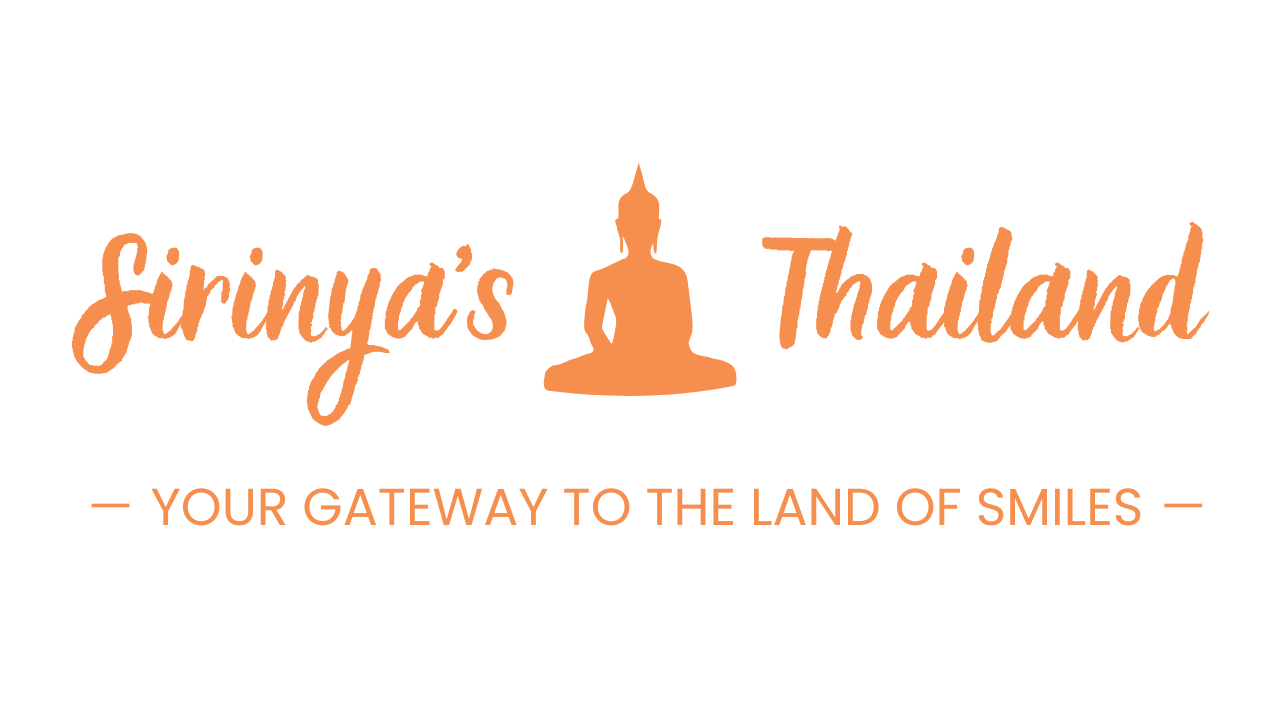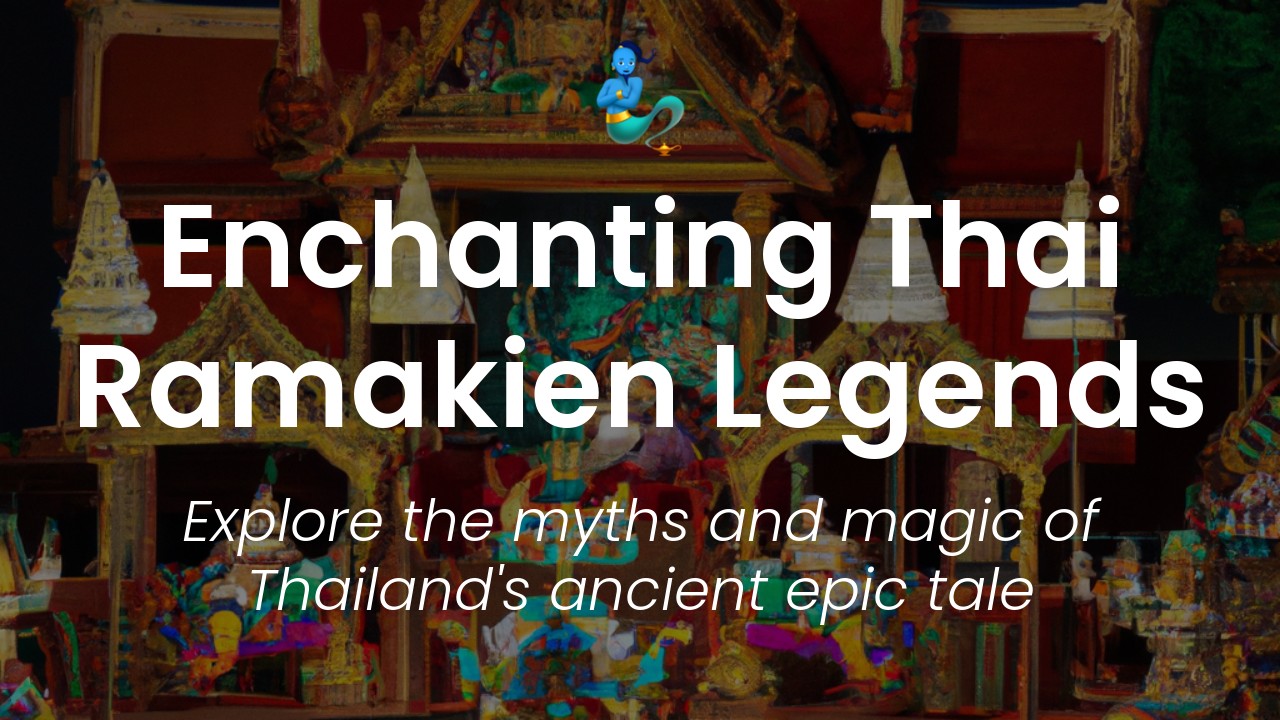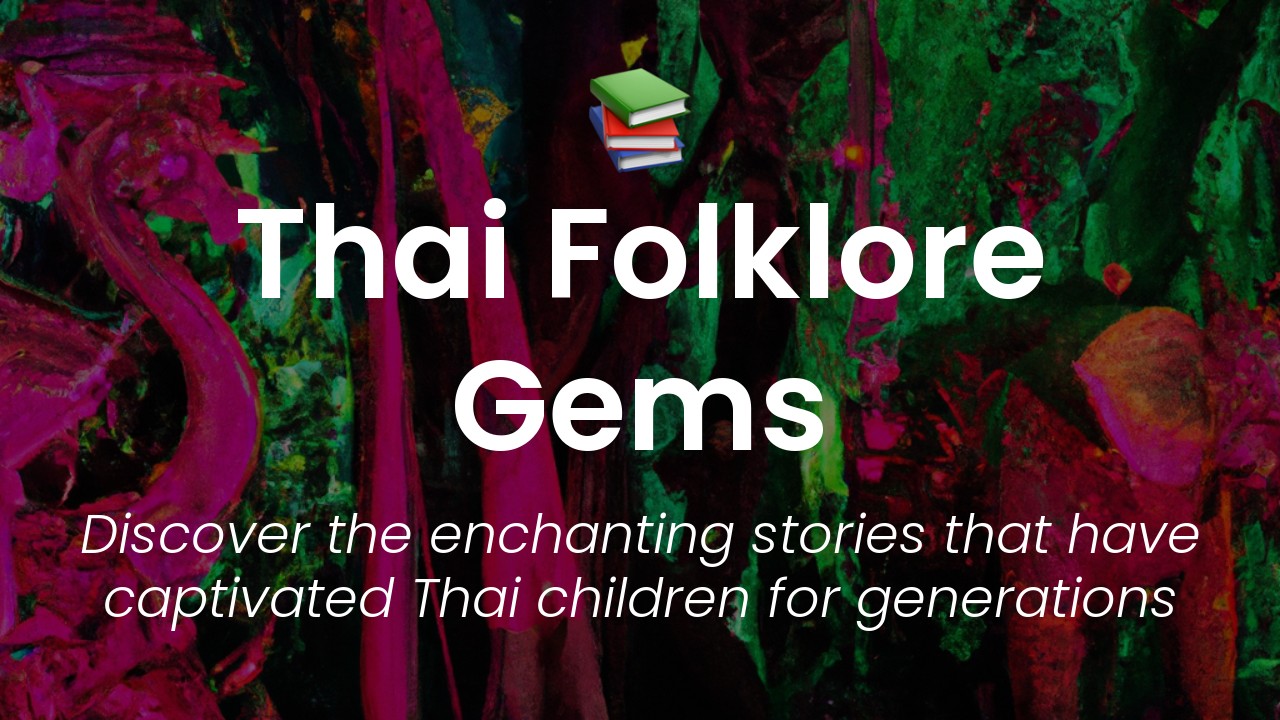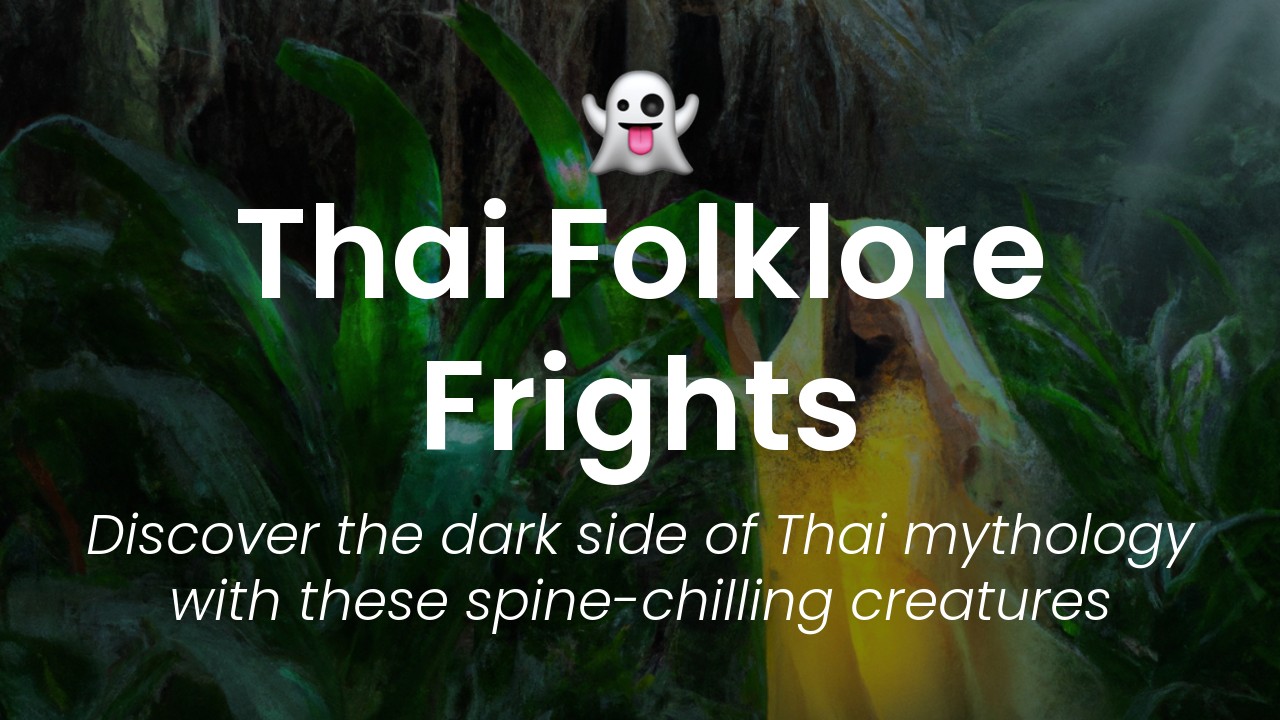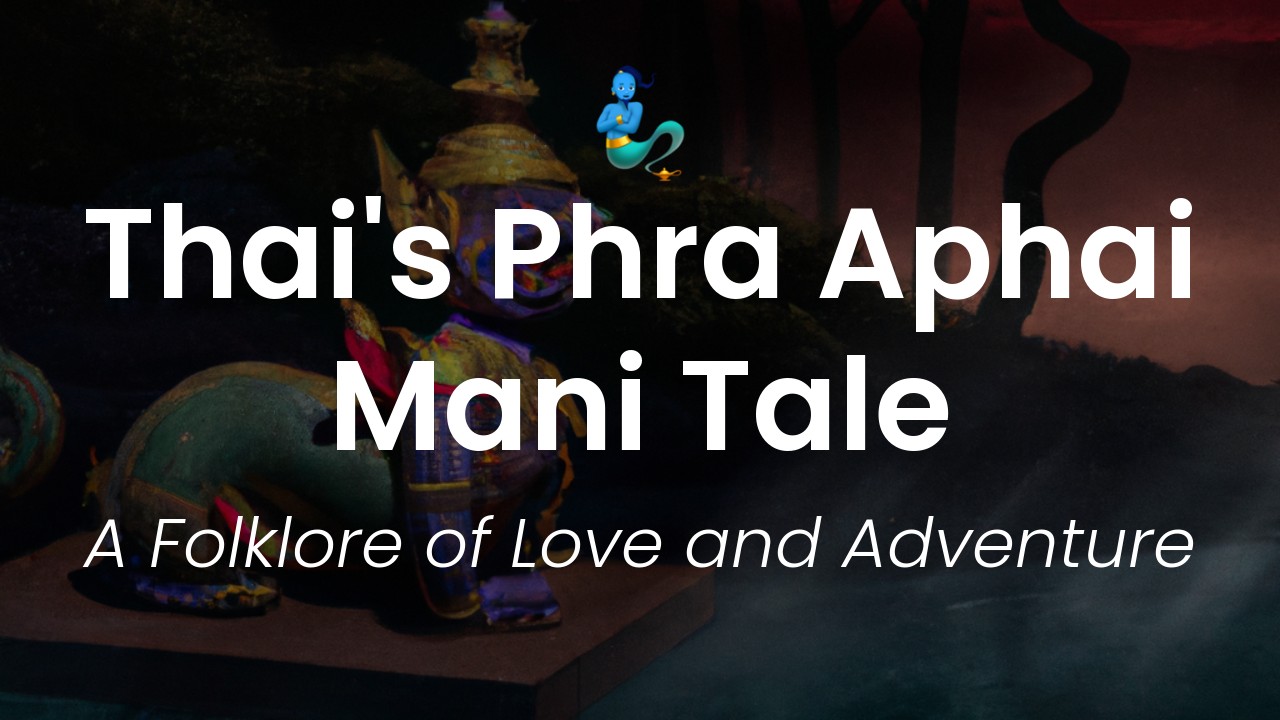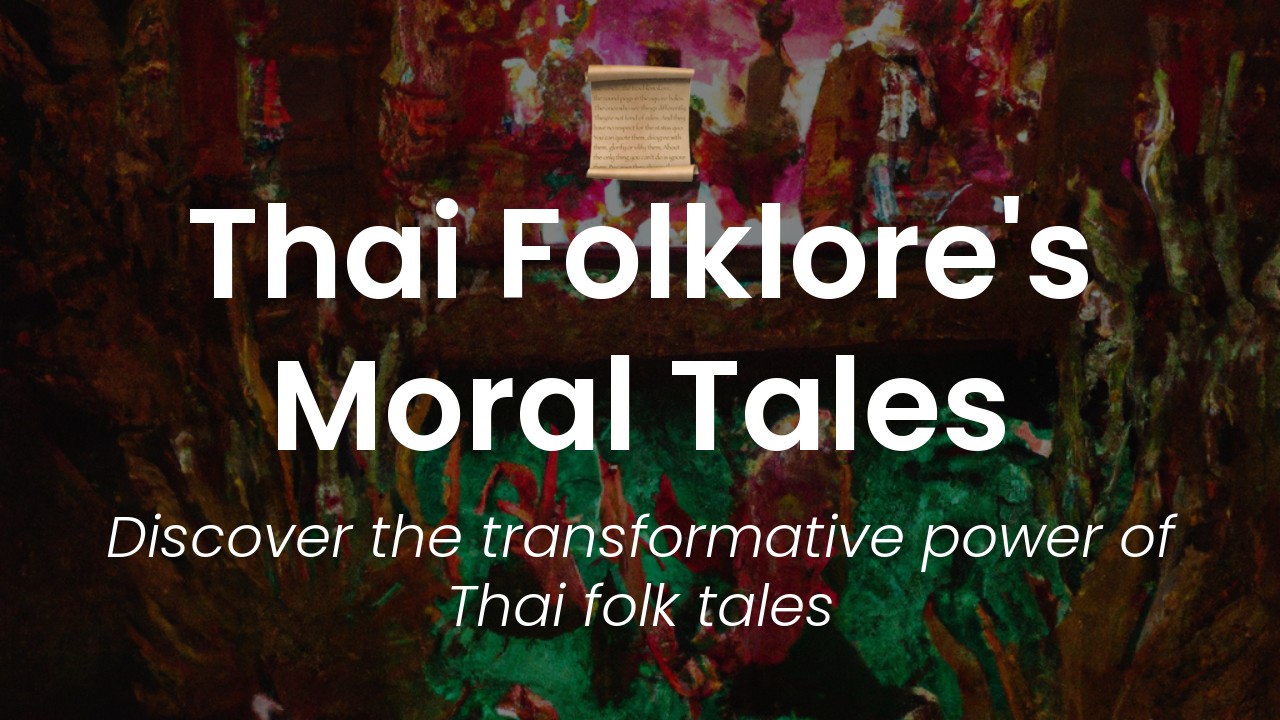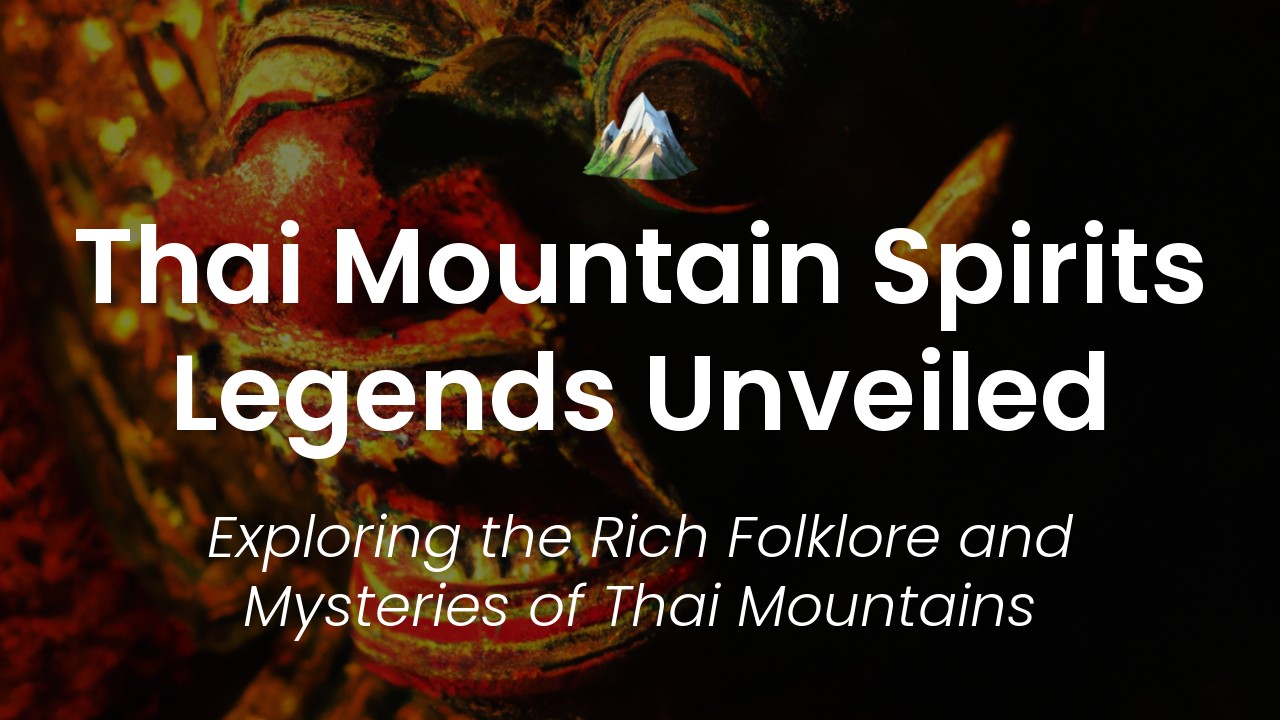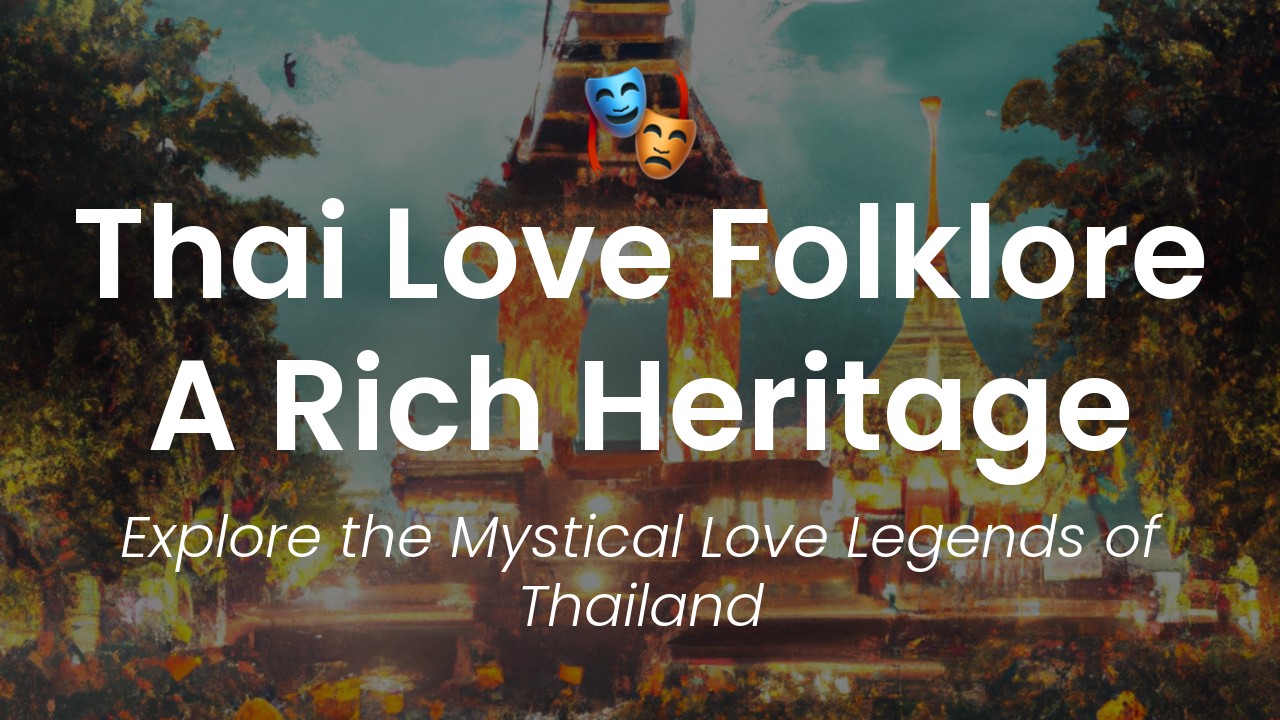Hello everyone! I'm Sirinya, and I'm excited to share with you one of the most enchanting aspects of Thai culture: the Ramakien folklore.
The Ramakien (sometimes spelled Ramayana) is a Thai epic that tells the story of Prince Rama (Phra Ram) and his quest to rescue his wife, Princess Sita (Nang Sida), from the Demon King Ravana (Tosakanth). The story was adapted from the Hindu epic Ramayana, but Thai artists and storytellers have infused it with their own unique interpretations and local influences.
One of the most fascinating aspects of the Ramakien is its characters. There's Hanuman, the monkey god who lends his strength and cunning to Prince Rama's mission. There's also the beautiful demoness Tossakanee, who is torn between her loyalty to Ravana and her attraction to Hanuman. And of course, there's Ravana himself, who is both a formidable opponent and a tragic figure.
But the Ramakien isn't just about characters and plot. It's also a rich source of symbolism and philosophy. For example, the story of the abduction of Sita represents the human soul being stolen away by temptation and desire. The idea of karma and reincarnation is also present in the Ramakien, as characters are shown to reap the consequences of their actions.
In the following article, I'll take you on a journey through the fascinating world of the Ramakien folklore. We'll explore its history, its characters, and its enduring relevance in Thai culture today. So, buckle up and get ready to discover the magic of the Ramakien!
Ramakien history and origins
The Ramakien is one of the most significant cultural elements in Thailand, telling an epic tale of the god Rama and his battle to rescue his beloved wife Sita from the evil king Ravana. The origins of the Ramakien can be traced back to the Sanskrit epic, the Ramayana, which comprises over 24,000 verses and has been passed down through generations for over 2,000 years. In Thailand, the Ramakien is known to be a part of the national heritage, and it has been adapted and modified over the centuries to reflect local customs and values.
Characters and their roles
The Ramakien is a rich tapestry of characters who play essential roles in the narrative. The protagonist, Rama, is a compassionate ruler who portrays the virtues of righteousness, compassion, and self-control. His wife, Sita, is a symbol of purity and devotion while his friend and ally, Hanuman, is a symbol of strength and bravery. Other important characters include the demon king, Ravana, who represents evil and greed, and his brother, Kumbhakarna, who symbolizes laziness and gluttony.
Plot and key events
The plot of the Ramakien follows the life of Prince Rama, who is banished along with his wife Sita and his brother Lakshmana. The trio is wandering through the forest when Sita is kidnapped by Ravana, who is eager to make her his wife. Rama and Lakshmana resolve to rescue Sita, and they team up with Hanuman, the Monkey King, to fight the army of the demons. After many trials and tribulations, Rama emerges victorious and rescues his wife, who proves her purity and fidelity by walking unscathed through fire. The tale concludes with Rama being crowned king and returning with Sita to his kingdom, where they reign for many years and live happily ever after.
Influence on Thai culture and art
The Ramakien has had an enormous influence on Thai culture and art. The story has been used as a source of inspiration for literature, drama, dance, and visual arts, and it is a popular subject for murals and sculptures in temples and palaces throughout the country. The Ramakien has also inspired traditional Thai clothing and jewelry designs, and its characters are frequently featured in souvenirs and mementos.
Comparison to Indian Ramayana
While the Ramakien is an adaptation of the Indian Ramayana, the two epics are not identical. The Ramakien is distinguished by its Thai perspective, which emphasizes the virtues of Buddhist teachings, such as compassion and selflessness. The Thai version also portrays Ravana in a more sympathetic light, depicting him as a tragic figure rather than a typical villain.
Popular adaptations and performances
The Ramakien has been adapted countless times over the years, with productions ranging from traditional dance dramas to modern films and cartoons. One of the most famous adaptations is the Khon dance drama, a spectacular performance that combines dance, music, and intricate costumes to bring the story to life. The Khon has been recognized as a UNESCO intangible cultural heritage, and it is performed regularly at major festivals and events.
